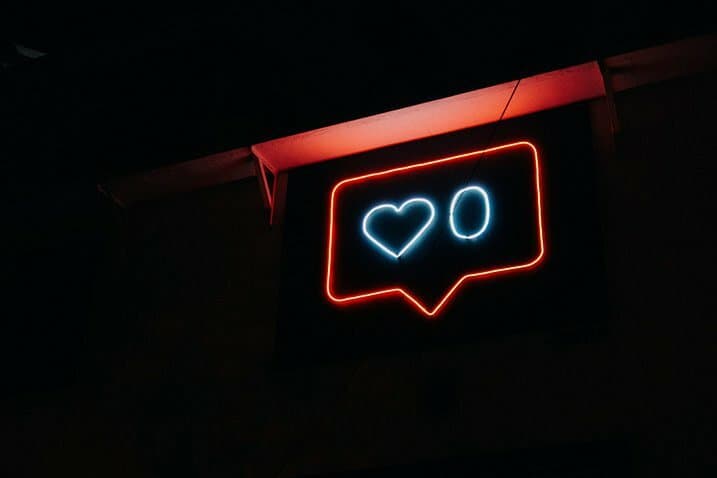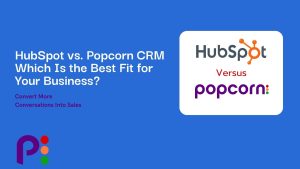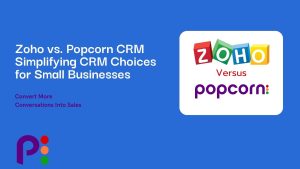The Beginning of Popularity
The way we use likes on social media has changed.
When Facebook first popularised the like button in 2009, there certainly was no way they could have predicted its influence on… frankly, the entirety of social media. A feature that streamlined acknowledgements between users of social media, the same concept spread to the likes of Twitter, LinkedIn, Instagram and beyond.
It did not just simplify communication; it influenced it. Even direct messages on some social media platforms now have options to ‘react’ to a message using likes. It has made its way into our language and behaviours. For the 90% of teens aged 13-17 that use social media, it is an indiscernible part of daily life. The next generation, Generation Alpha, won’t remember a time without it.
The original aim was to express an appreciation for a post, however small. No need for the same rote comments to engage with your family and friends; here was an approval that required much less time. For the average user, it was an indication of fun, and time taken to listen to each other. For businesses, it was an indication that your content marketing had resonated; people were genuinely enjoying what you put out.
But the like has evolved.

Types of Likes
Depersonalisation of Likes
This is partly because of the nature of the feature; some of this, then, is inevitable.
Not requiring a message to show your appreciation meant the time spent engaging with a post reduced significantly. Putting in less effort meant you could detach yourself from the action. The appreciation became an acknowledgement, a depersonalisation of the user.
This has meant that likes aren’t always a product of enjoyment. People are liking what is expected of them: there is an expectation, for example, that colleagues or professionals in the same areas will like similar posts on LinkedIn. It serves no purpose than to make each other look good, in a sea of prospective connections.
Those truly engaged in a post often find other avenues of appreciation—the most common being sharing or commenting. These can require more time spent on the post, and even garner repeat visits; so the action determines the worth to that particular user.
The Visibility of Likes
Then, almost paradoxically, there is the matter of visibility. This has been aided by the algorithms and layouts of social media platforms as they’ve grown over the years. With likes becoming more important, it became more important for platforms to structure their sites’ behaviours around them. Seeing what other people have liked—and how many—is now inescapable.
We now categorise viral posts by the amount of engagement garnered. Popular posts perpetuate themselves. People like them simply because they’re there—they acknowledge that they are part of a moment, as much as anything else.
Knowing who has liked a post, page or profile, has made our opinions even more visible on social media. And while that promises gold for the platforms—see the controversy around Cambridge Analytica, or the popularity TikTok owes at least partly to its ‘For You’ algorithm—it also leaves users exposed to the court of social media. They are a reflection of ourselves, an acknowledgement of what we stand for (that we haven’t made the effort to create). Here is the hill upon which we stand; here is the flag that we stick into the ground.
The Social Media of Intention
These types of likes seem at odds with each other. What the ‘like’ has become, then, is a combination of those two factors. What it provides is intention. When likes are so purposefully intentioned, either as ‘depersonalisations’ or ‘reflections’, they reflect both on the poster and the audience. There is a transaction taking place, a nod to one another. Whether the post is actually any good becomes less important. What matters is that something, the like, has been traded.
Enter: the like, a new form of currency.

What Does That Mean for Business?
The like is no longer an indication of effort. For business, it has become a ‘vanity measure’: it still looks good, but doesn’t indicate much about the performance of a post or the company as a whole.
Yet its place is still vital in the world of marketing. Like any currency, who it gets traded to becomes paramount. Likes, to a business, promise visibility even to users who have never interacted with them. It is no longer unusual to see that when non-professional tweets go viral, the poster provides a link to their business or crowdfunding page under the viral tweet.
So the like is not down and out yet.
How To Approach Likes
Because it is a vanity measure, be wary of what likes are showing. For example: people enjoy memes, but they don’t add a whole load of value to your profile. Nor do they sufficiently tell a person what your company is about. They alone cannot increase your customer acquisition.
So how far can you stretch a pound? Will a pound’s worth of sweets or a pound’s worth of soups sustain you for longer? What matters is getting the most value out of your currency.
If a person has liked your company profile, it says two things. To the world, it says: our values align, so I am interested in this. To you, it tells you that your company occupies enough space in their mind to pay attention to your posts. But as easily as they are given, they can be taken away: if you dish out poor service, products or support, irrelevant content or optics, their quiet support will be rescinded. Because of the visibility of likes, it doesn’t just lose that person’s potential custom: it is the potential loss of whoever follows them. Especially for small businesses, any exposure is welcomed.
The trick, then, is to provide diverse and engaging content so they still see you as relevant. Recognise their intention and offer benefits. What are the people who like your Page like? Are you catering your content to a wider audience, or specifically to the people who have already acknowledged your place in their minds?
The overarching aim is to make that like mean more: returning it from a simple acknowledgement into an expression of appreciation. Those are the sort of engagements you are really looking for. Those likes can create conversations—and conversations can promise conversions, if the cards are played right.
Want to make the most out of your marketing strategy? You can read our blog for more tips and tricks.











